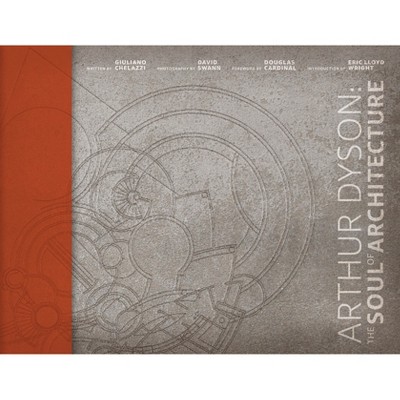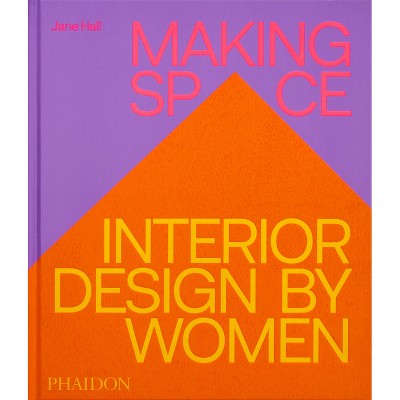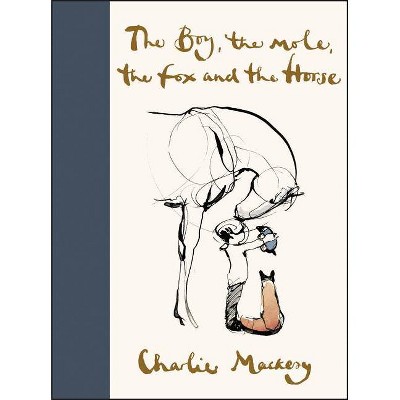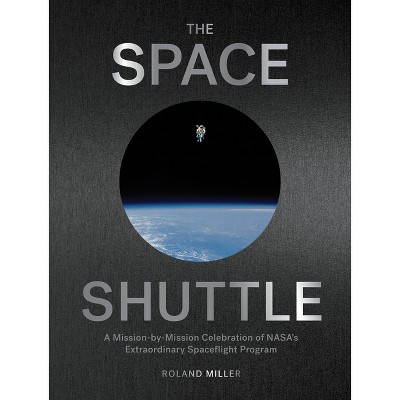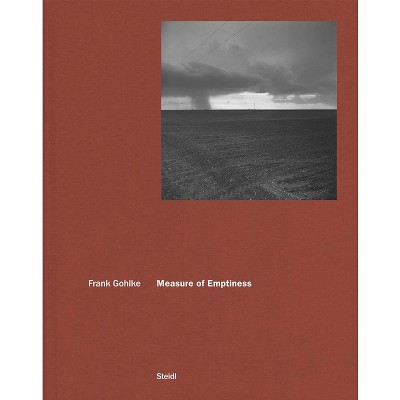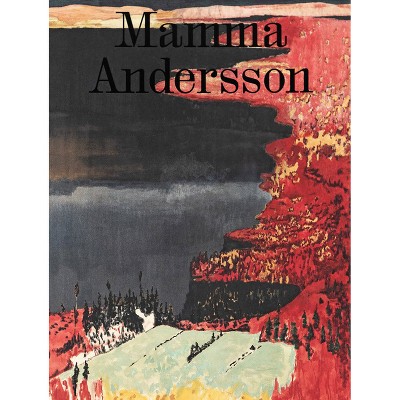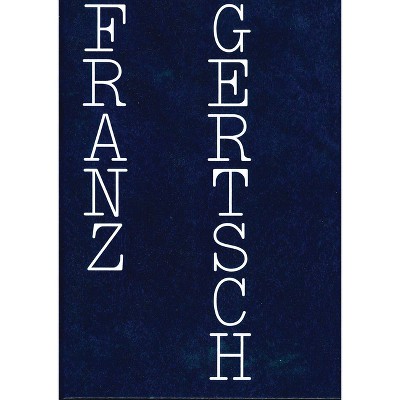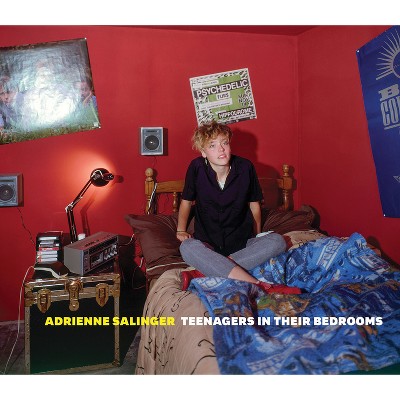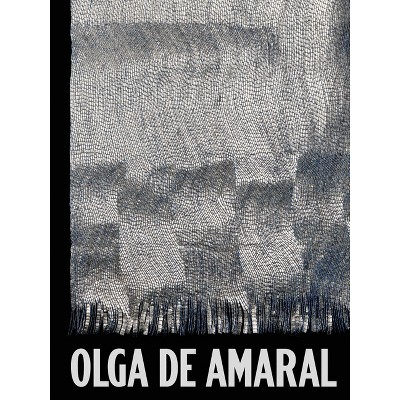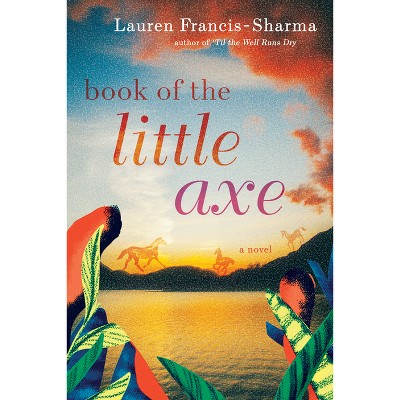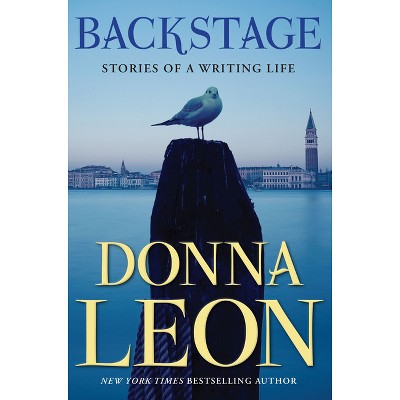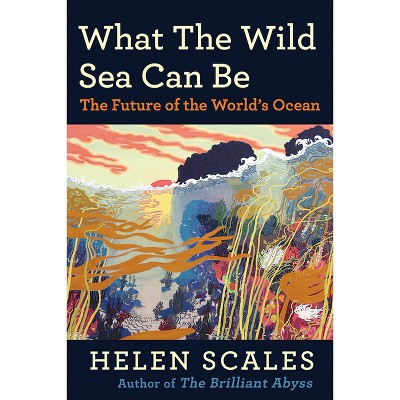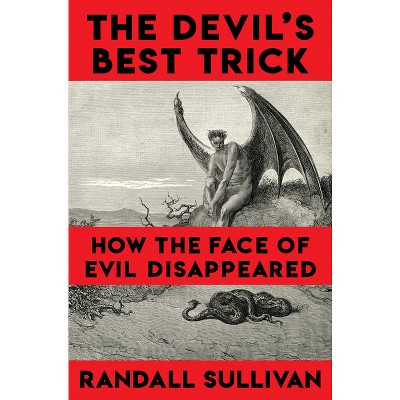Sponsored

A Natural History of the Studio - by William Kentridge (Hardcover)
Pre-order
Sponsored
About this item
Highlights
- South African artist William Kentridge, one of the leading artists of our time, offers a personal insight into his work, his childhood, and his artistic techniques, and the studio spaces he has occupied throughout his lifeWhat is of us, and what is not?
- About the Author: Born in 1955 in Johannesburg, South Africa, multimedia artist William Kentridge grew up under the pall of apartheid.
- 240 Pages
- Art, Individual Artists
Description
Book Synopsis
South African artist William Kentridge, one of the leading artists of our time, offers a personal insight into his work, his childhood, and his artistic techniques, and the studio spaces he has occupied throughout his life
What is of us, and what is not? Where to find our edge? This is another theme of these talks: what is me and what is the world beyond me? And particularly, what are the negotiations that happen at this border, the meeting point where the world comes towards us, and we go out to meet it?
For more than three decades, South African artist William Kentridge has created a vast body of work of charcoal-, pencil- and black ink drawings and multimedia installations about history and politics that have been exhibited in museums, opera and art houses, film centers, galleries and outdoor installations worldwide. At the same time, his creative work has stretched the boundaries of the very media he employs.
The six chapters of A Natural History of the Studio immerse us in the artistic, intellectual, and production processes of his outstanding body of work. They also provide philosophical, autobiographical, technical and practical commentary and give intimate insight into the studios where he has created throughout his life - from his first workspace as a young student to his current studio in Johannesburg, where all his projects start.
A Natural History of the Studio is not only a must-read for admirers of Kentridge's work, but also a vibrant personal and philosophical exploration of the creative process and a critical look at the world and the human condition.
Review Quotes
Praise for William Kentridge:
"[Kentridge's] inimitable art remains so compelling and urgent because it demonstrates the universal need to address inequity and social justice everywhere throughout the world, not just in his native South Africa."--Gary Tinterow, Director of the Museum of Fine Arts, Houston, on the exhibit William Kentridge: In Praise of Shadows
"William Kentridge brings a profound humanism and collaborative spirit to every aspect of his work. He surveys the world around us with an attentive and critical eye, uncovering stories that are at once viscerally personal and universally relatable."--Alison de Lima Greene, curator of modern and contemporary art at the Museum of Fine Arts, Houston, on the exhibit William Kentridge: In Praise of Shadows
"[Kentridge's] work is a revelation...It's a road map to how a studio can function and how an artist can think through substantial social issues and bigger historical narratives without being didactic."--Ed Schad, curator at The Broad Museum of Los Angeles, on the exhibit William Kentridge: In Praise of Shadows
"[This] is an enlightening, circuitous, and self-reflexive performance that delves into [Kentridge's] greatest obsessions in the realms of art, politics, history, and image-making... This is an essential book for anybody seeking a better understanding of Kentridge's work."--Publishers Weekly on Six Drawing Lessons
"Anyone who has seen the film animations of the great South African artist will be fascinated by the account he gives of his thinking and studio practice."--Kenneth Baker, San Francisco Chronicle on Six Drawing Lessons
"This is a beautiful and necessary book in all respects... Enthusiastically recommended."--S. Skaggs, Choice on Six Drawing Lessons
About the Author
Born in 1955 in Johannesburg, South Africa, multimedia artist William Kentridge grew up under the pall of apartheid. By employing varied mediums, Kentridge seeks to construct meaning through the use of historical resources, including maps, language and everyday imagery, while always maintaining a space for contradiction and uncertainty. He is internationally acclaimed for his artworks, theater and opera productions. His method combines drawing and erasing, tearing, gestural painting, collage, weaving, casting, writing, film, performance, music, theater and collaborative practices to create works of art that are grounded in politics, science, literature and history, yet maintain a space for contradiction and uncertainty. Kentridge is the recipient of honorary doctorates from several universities including Yale and the University of London. Across the past thirty years he has received the Kyoto Prize, the Princesa de Asturias Award for the Arts, and many others. His work has been exhibited at museums worldwide, including The Broad in Los Angeles, The Royal Academy of Arts in London, and the SFMOMA, among others. He still lives and works in Johannesburg.

